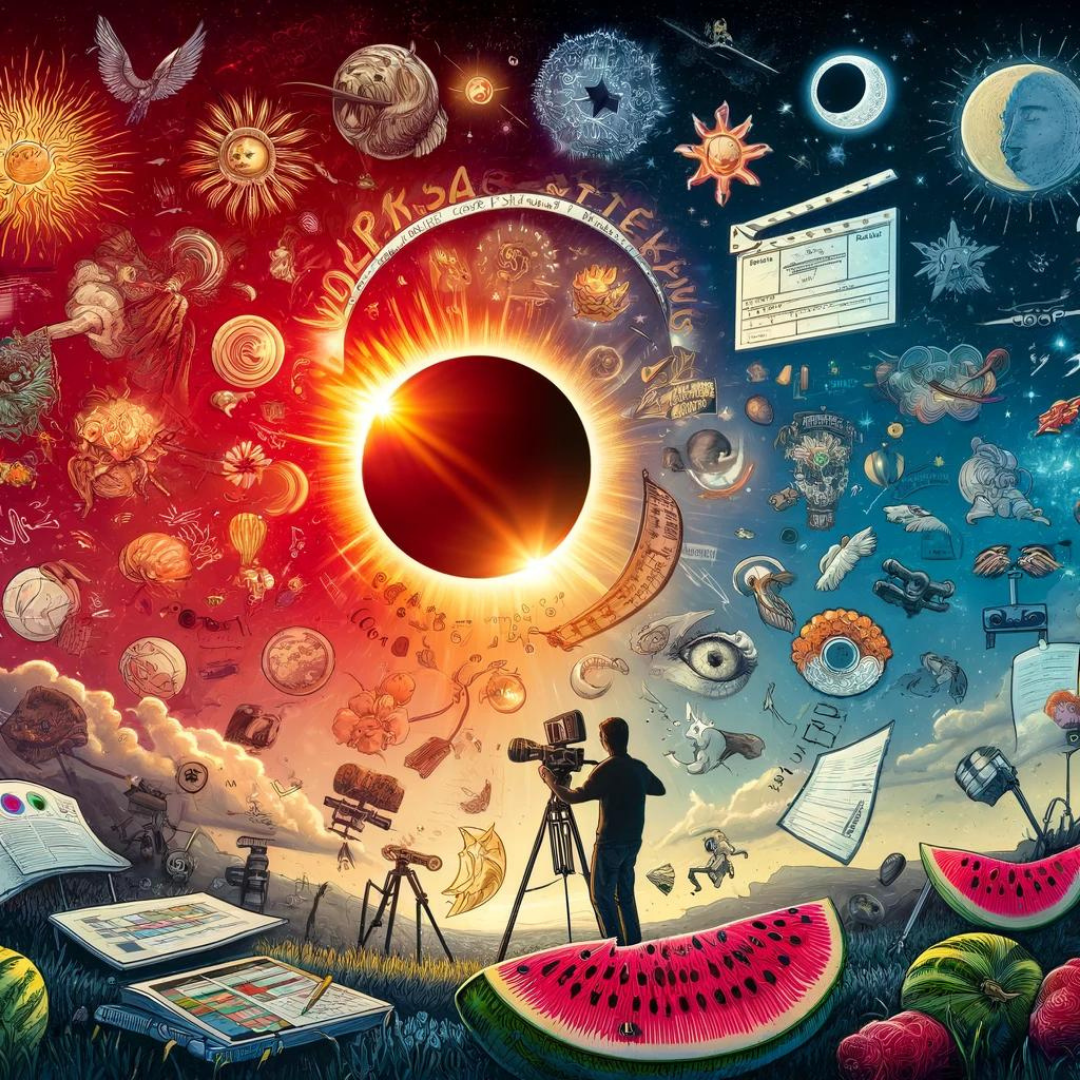
We live in a time of amazing advancements in technology, and with it comes new ways of telling stories. One of the most awe-inspiring ways we can use technology to convey our stories and images is through eclipse storytelling. Eclipses are rare celestial events that have captured the imagination of people from all walks of life for as long as we have been on this planet, and this wonder can be used as the backdrop for creating breathtaking and unique narrative video.
In this article, we will discuss the many aspects of eclipse storytelling, from the types of eclipses that can be used in video, to how best to approach the creation of an eclipse narrative. We will also look at some of the stunning visuals that can be produced when these otherworldly events are crafted into video and meshed with engaging, thought-provoking narratives.
What is Eclipse Storytelling?
Eclipse storytelling is the art of using an eclipse as a background, lighting, or theme for a narrative video. Eclipses occur when the Earth, Moon, and Sun align in such a way that they create a shadow from one celestial body to another. These natural phenomena can last anywhere from a few minutes to nearly an hour, and their ethereal beauty has inspired humans for millennia.
In an eclipse narrative, the eclipse itself can hold any number of symbolic meanings or metaphors—as one may choose to incorporate into their story. Likewise, the themes, characters, and other elements of the story should gel effectively with the eclipse background. Eclipse narratives can therefore be used to express a wide range of ideas and moods, and can be used for both entertainment and educational purposes.
Types of Eclipses
The most common and best-known type of eclipse is the solar eclipse. This happens when the Moon aligns with the Earth in such a way that it casts a shadow over the Sun. One of the main characteristics of a solar eclipse is the “vulcan” shadow, a fast-moving shadow that is visible at the beginning and ending of an eclipse. Solar eclipses tend to take place about 2 or 3 times a year, but are often only visible from particular locales (determined by the Earth’s location in relation to the Moon and Sun).
The second most common type of eclipse is the lunar eclipse. This happens when the Earth is aligned between the Sun and the Moon, causing the Earth’s shadow to fall over the Moon. The main visible characteristic of a lunar eclipse is the blood moon, a common phrase used to describe the reddish hue the Moon takes on during a lunar eclipse. Lunar eclipses are much more common than solar ones, happening about twice as often and being visible to anyone in the world who is in the same hemisphere.
Finally, there are also annular and hybrid eclipses, which are much less common and are more severe in their impact on the sky. Annular eclipses occur when the Moon is at its apogee (the point farthest from Earth in its orbit), and the Moon is too small to completely block the Sun. Instead, they create what is known as the “ring of fire,” an almost complete circle of the Sun surrounding the Moon. Hybrid eclipses are when an annular eclipse transforms into a total eclipse while its shadow is moving across the Earth’s surface.
Approaching Eclipse Storytelling
The first and foremost step in eclipse storytelling is having a clear and compelling story idea. The eclipse should be a part of, or take some symbolic or literal significance in, the story. A narrative should have a clear purpose and direction, and the eclipse can serve to enhance the narrative and bring it to a visual climax. Creative and original ideas are key to telling a good eclipse story; if the idea is unique and engaging enough, the video has a better chance of going viral online.
Additionally, it is important to consider the technical resources and capabilities available when planning an eclipse video. The type of eclipse—solar, lunar, annular or hybrid—will determine the best approach to filming and post-processing. Sound design is also important, as the eclipse should carry with it a sense of awe and wonder. Finally, investing in high-quality production and editing is key to creating a visually impactful eclipse narrative.
Visuals in Eclipse Storytelling
One of the main strengths of eclipse storytelling is the incredibly powerful and visually stunning images that can be created. The dark, otherworldly feeling of an eclipse provides a great contrast between colors and shapes, and offers the viewer a profound sense of visual wonder. In eclipse narratives, the eclipse itself can be a key element that drives the story forward, with the various shades of darkness and light working as visual symbols. Post-processing techniques can then be used to further enhance the ethereal beauty of the eclipse, and weave the other elements of the story together.
